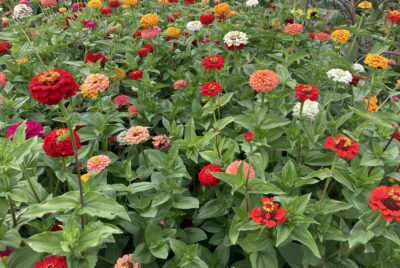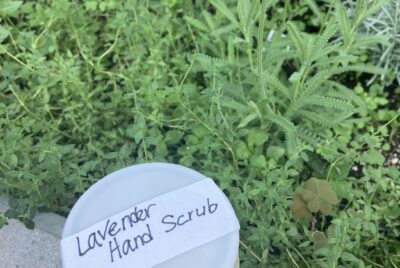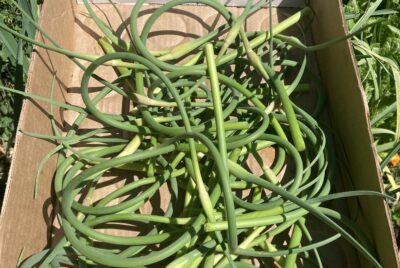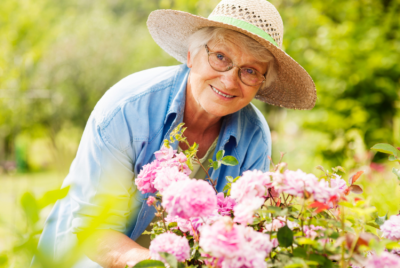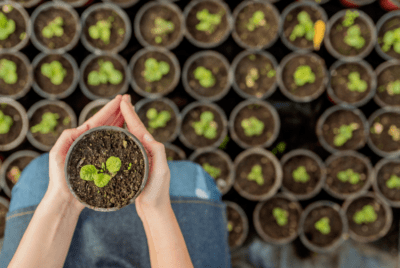RESEARCH
The Effects of Horticultural Therapy Using Lavandula stoechas on Vital Signs, Pain, and Sleep Satisfaction of Hospice Patients
Summary
This study investigated the effects of a horticultural therapy program using Lavandula stoechas on various health indicators among hospice patients with terminal cancer. The primary goal was to examine changes in vital signs, pain intensity, and sleep satisfaction to help maintain the quality of life for these patients, who often experience significant pain and sleep disturbances. The research employed a pre-post design comparing an experimental group participating in the therapy to a control group receiving usual care. Twenty participants (10 in each group), selected from a hospice ward, completed the study. The intervention consisted of eight weekly 20-minute sessions over eight weeks, during which participants in the experimental group engaged in various activities involving L. stoechas plants, such as cutting, rubbing, and stroking, with the aim of inhaling the scent. The plants were also kept by the patients’ beds for 24 hours post-session. Measurements of vital signs (blood pressure and pulse), pain intensity (using a Numeric Rating Scale), and sleep satisfaction (using a Visual Analogue Scale) were taken before and after the activities or on session days.
The findings indicated that the horticultural therapy program was effective in reducing pain and improving sleep satisfaction but did not significantly affect vital signs. While there was no statistically significant change in vital signs for the experimental group after the program, the control group did show a significant decrease in pulse [19, 26, Table 4]. Crucially, the experimental group demonstrated a statistically significant decrease in pain intensity following the program [22, 26, 30, Table 5]. Furthermore, a statistically significant difference in average sleep satisfaction was observed between the experimental group and the control group over the course of the study [25, 30, Fig 1]. The authors suggest that the positive effects on pain and sleep could be attributed to the properties of the L. stoechas plant, the act of touching the plants, or a potential diversion effect of the activities themselves.


